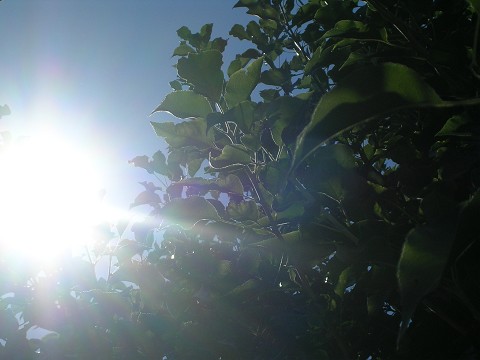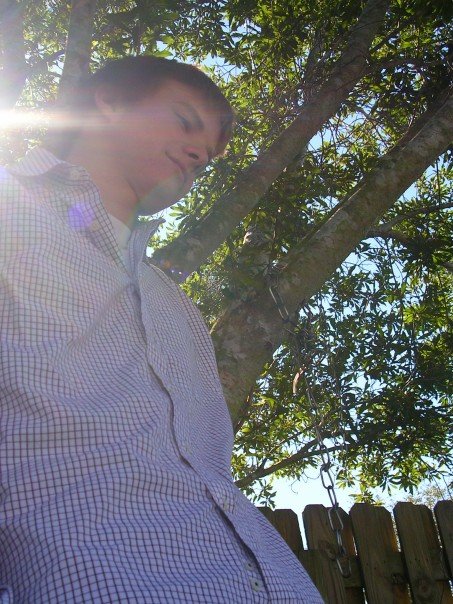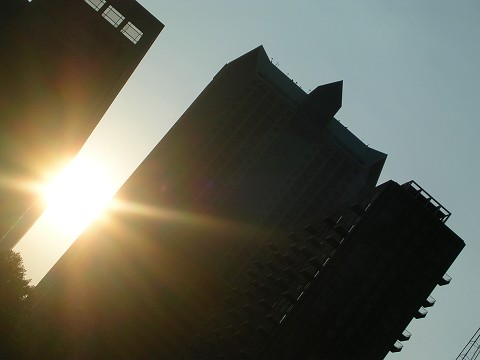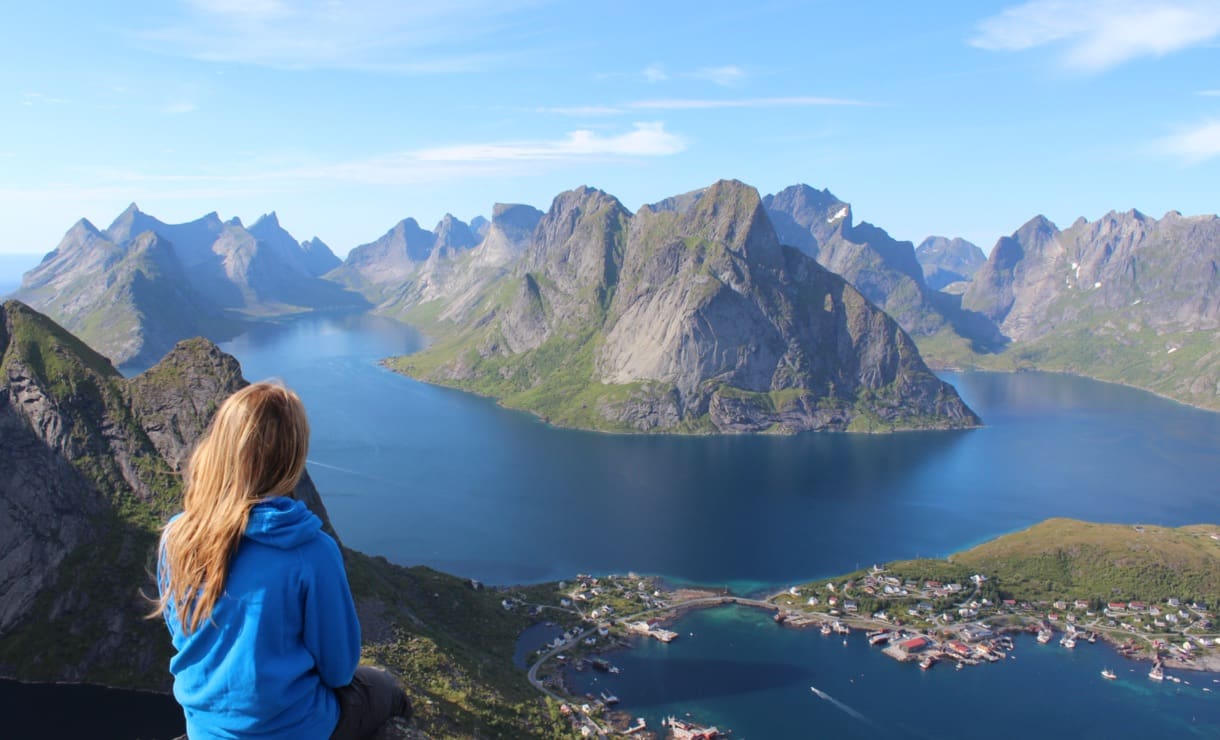I was driving to work today, bitterly cold from the entrance
of winter upon the scene of my neighborhood.
My fingers, encased in my roommate’s gloves, felt the sting of
intense cold through the worthless canvas of the glove’s intended
protection.
I watched my breath hang in
the air before it fogged up my windows though which I could see a spectacular
sunrise.
Minnesota winters do not often present the
luxury of simultaneous sunshine and snow, but today was special.
The oranges blurred with pinks as the golden
orb of our life-giving sun began to creep over the horizon.
I sat at a stoplight and marveled at the beauty
so rarely seen in my everyday life.
As a Floridian, I have always associated sun with warmth and
the absence of sunlight with cold.
To my
chagrin, that is not always the case in other parts of the world.
In
Minnesota,
for example, the coldest days of winter typically accompany bright sunny days,
whereas the dismal grey insulates the populace in a slightly more temperate
climate.
Basically, the coldest days
bring the sunshine.
Why is this the case? I can explain this through the greenhouse
effect, the science and atmospheric explanations which would show logically how
this could occur.
But, philosophically, is
it plausible to say that the coldest days bring the most spectacular sunrises?
I would say many of us do not agree.
It is often the coldest days in life that
herald our depressing, dismal, pessimistic attitudes.
Yet, is it not true that the coldest days
also give a greater appreciation for the beauty of a sunrise?
We would appreciate the blessing of a sunrise
less if the temperature fell into a more amicable range.
How often in the cold, the challenging, the painful do we
sometimes expect the sorrow?
The sunrise
I saw this morning was not one of sorrow or of the cessation of the cold.
It was a sign of hope.
Even through the chill, the beauty was able
to deliver reassurance.
It was a
blessing…at least that’s the way I took it.











